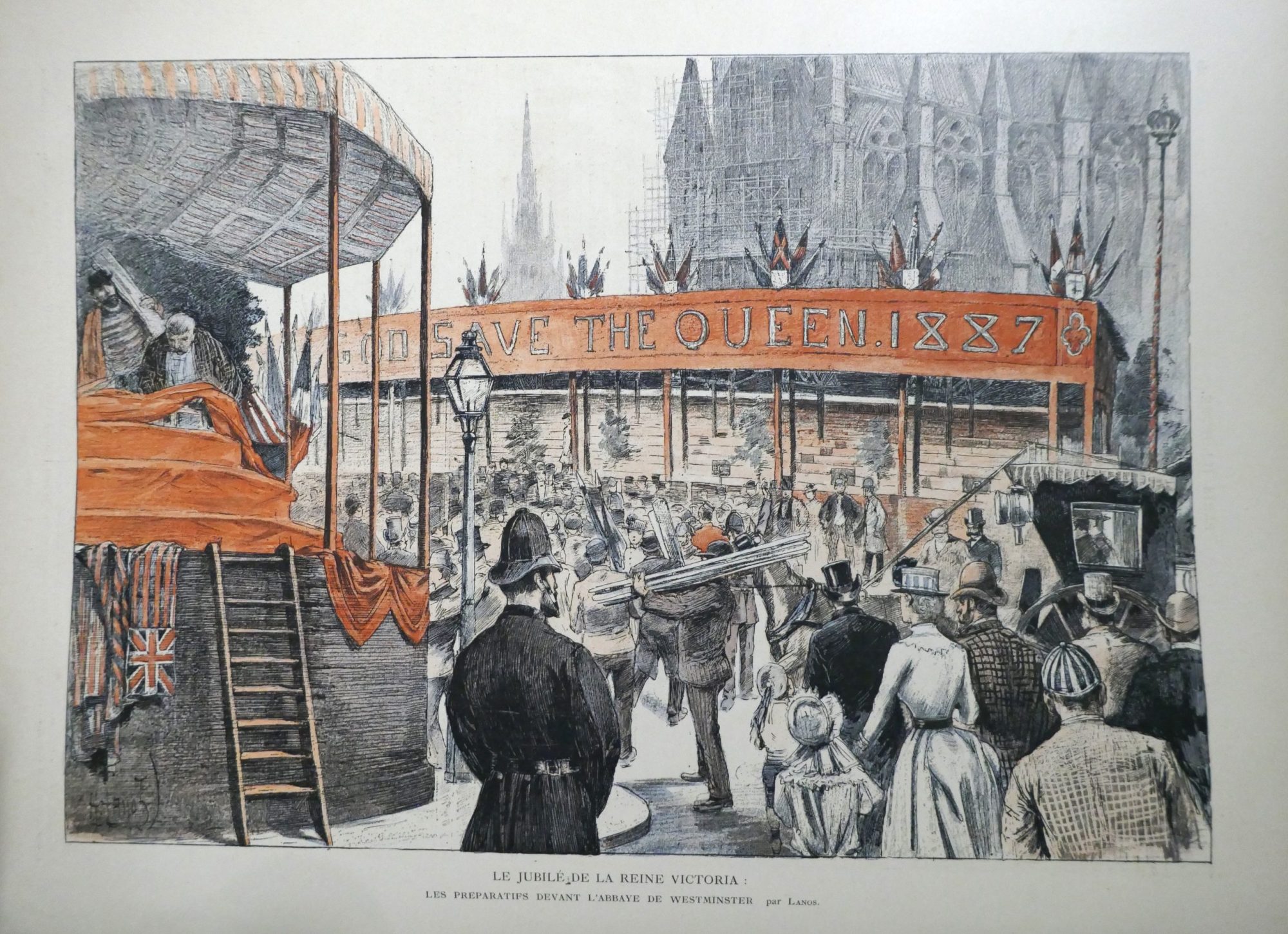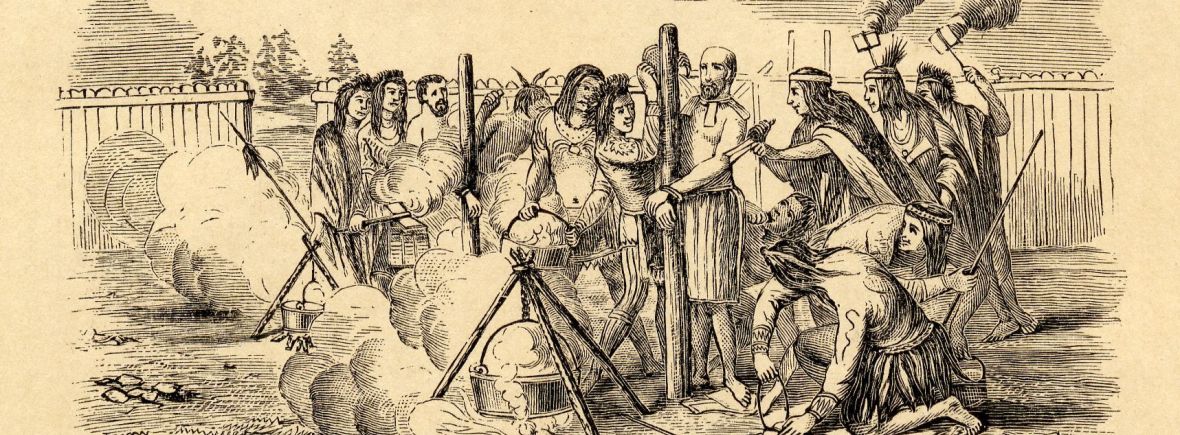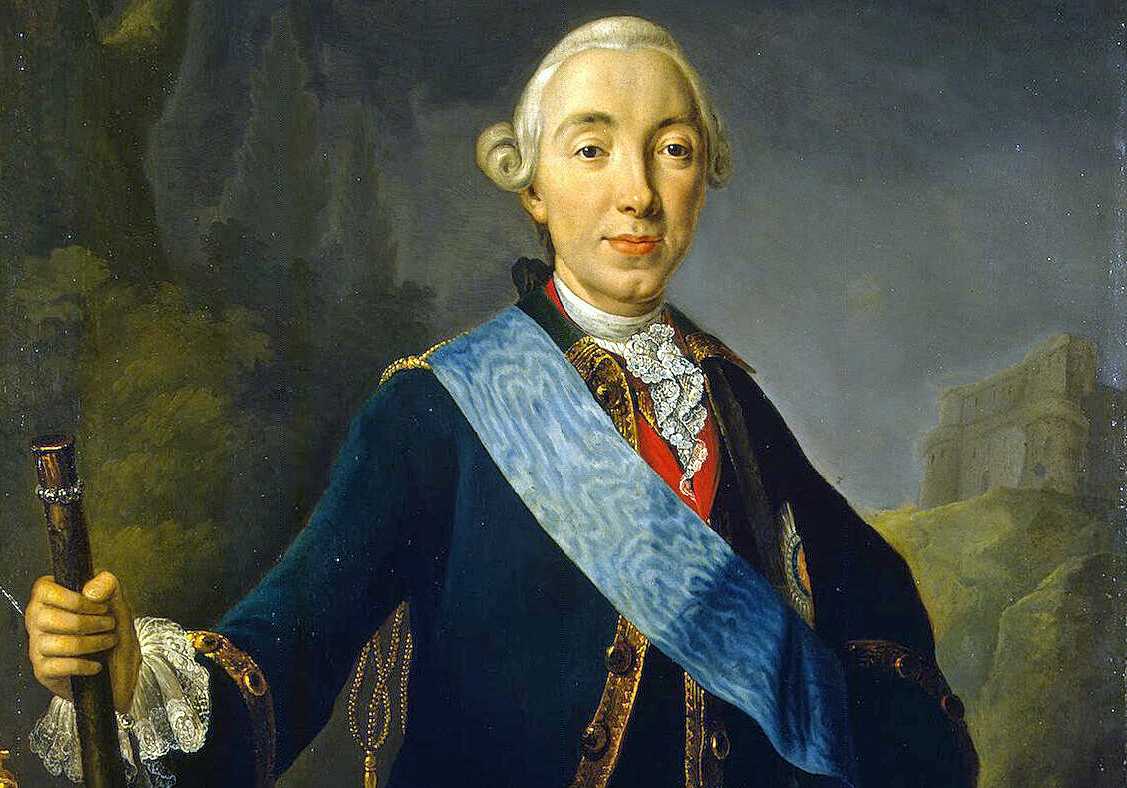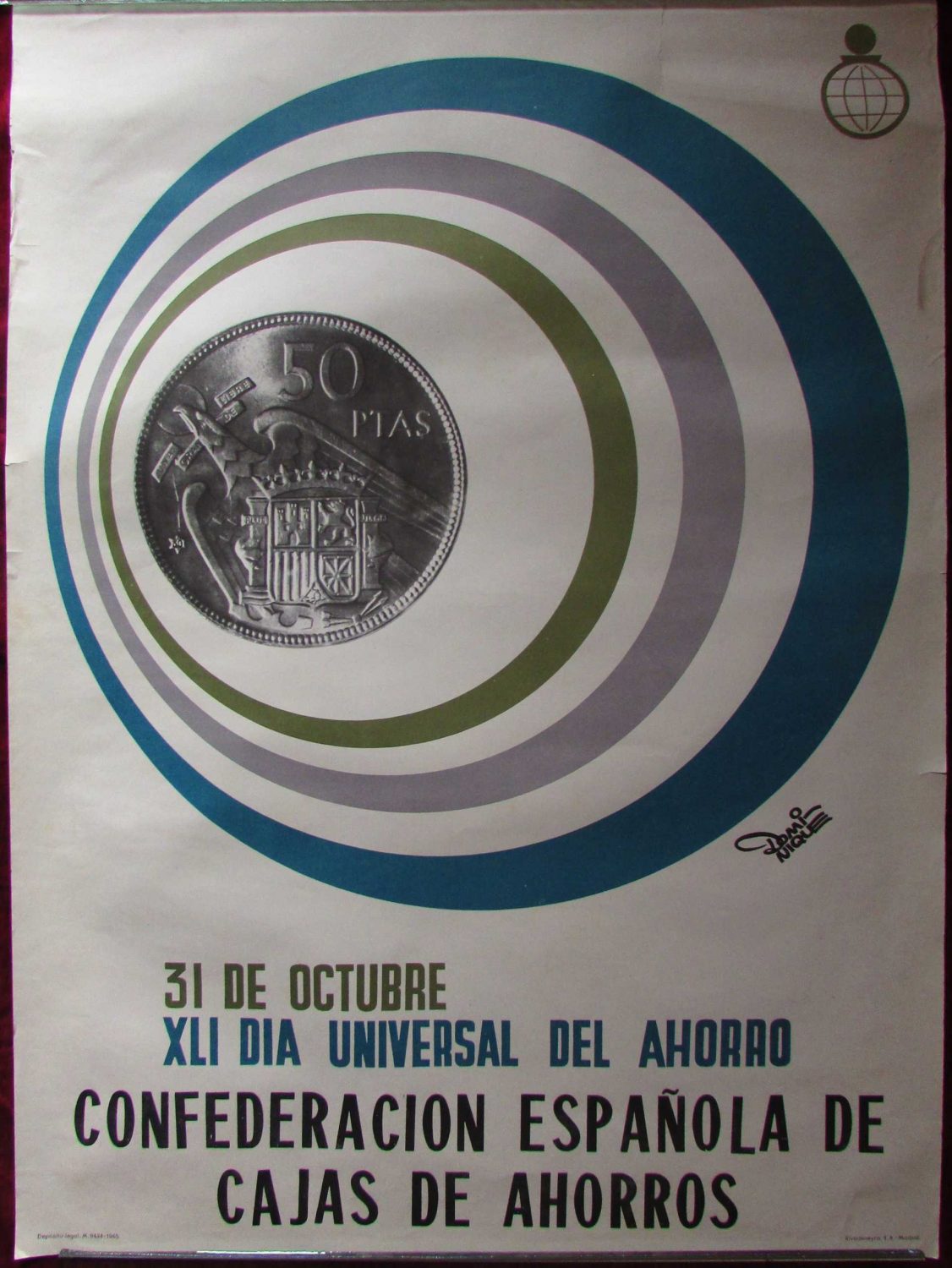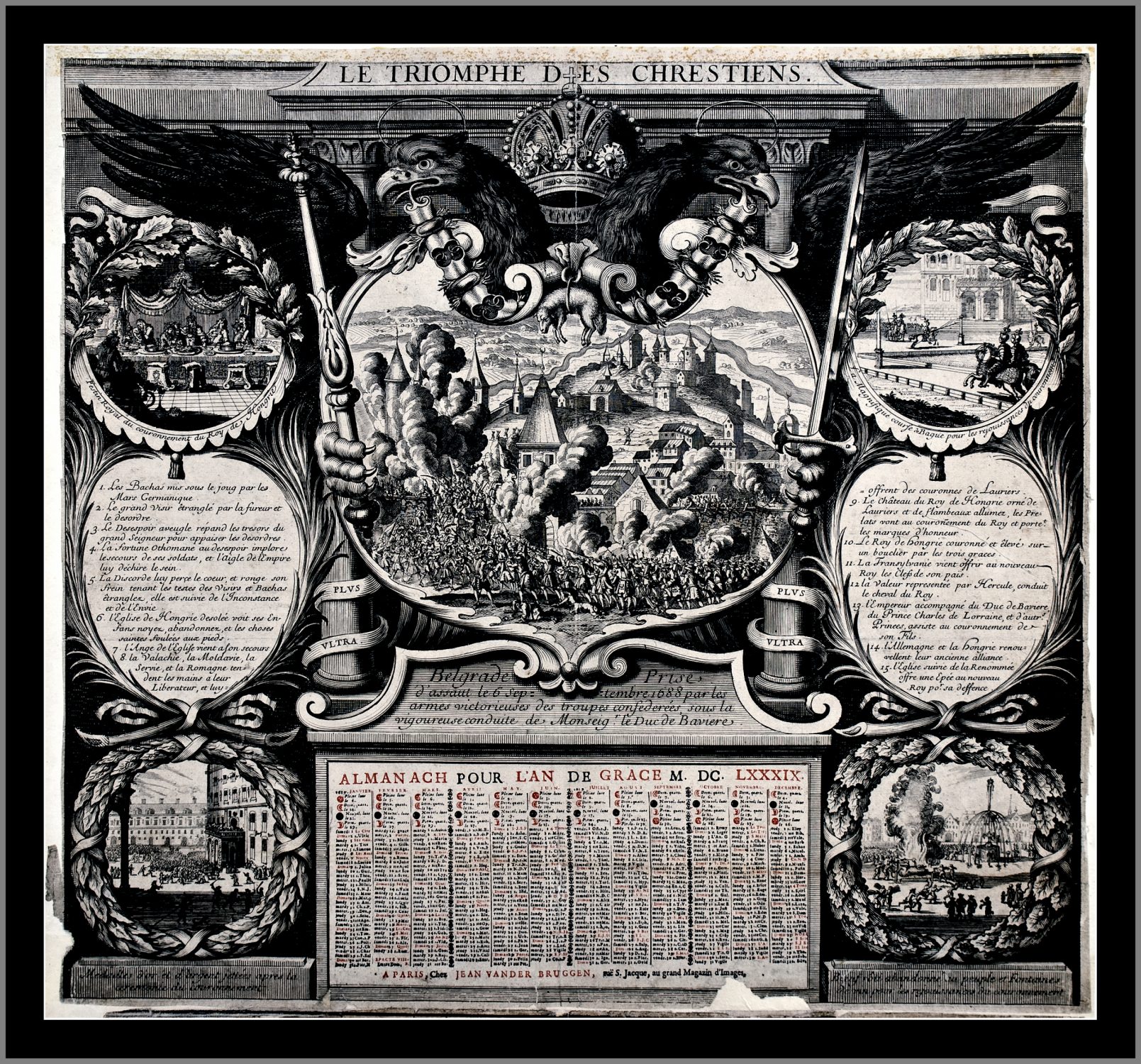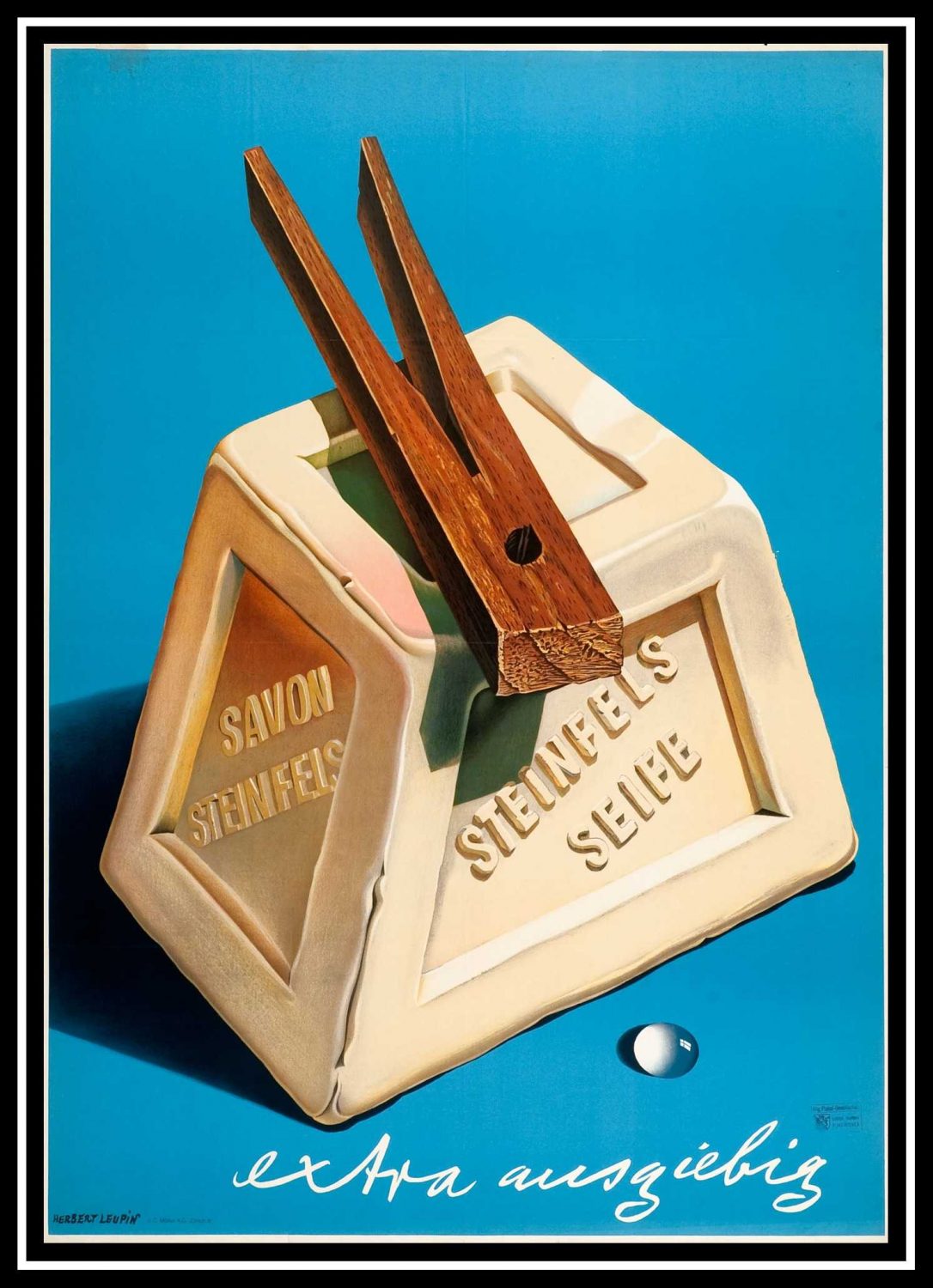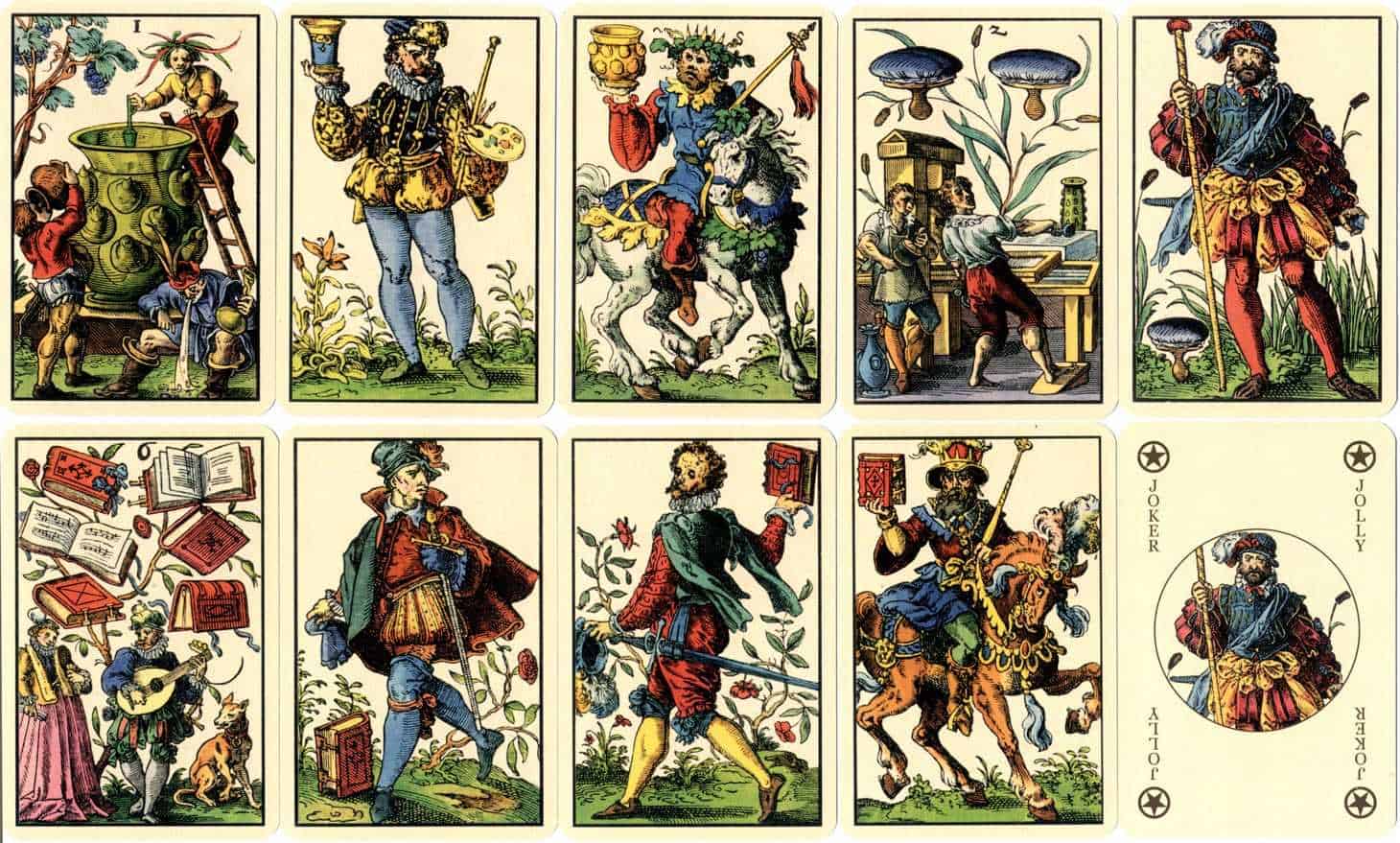Introduction
Prince Eugene of Savoy, an indomitable military leader, and statesman, left an indelible mark on European history. He excelled with his extraordinary life and strategic brilliance.
Born into aristocracy in 1663, Prince Eugene’s early life was characterized by a deep-seated commitment to military pursuits. Raised in an environment of privilege, he cultivated a fervent dedication to the art of war from a young age.
Military Triumphs in the Great Turkish War
The Great Turkish War became the crucible in which Prince Eugene’s military genius flourished. As a distinguished soldier, he earned accolades on the battlefield. He gained the trust and favor of Leopold I, the Holy Roman Emperor. Leopold I’s recognition catapulted Eugene into the spotlight and set the stage for his remarkable ascent.
In recognition of his exceptional service, Leopold I bestowed upon Prince Eugene the prestigious colonelcy and command of the Kufstein regiment of dragoons. This marked the beginning of a formidable alliance between the two, a partnership that would significantly shape the course of European history.
The 1770 Russian Biography: Unveiling the Layers of Eugene’s Character
Authored in 1770, a Russian biography provides a unique glimpse into Prince Eugene’s life. The literary masterpiece unveils the layers of Eugene’s character, offering readers a deeper understanding of his strategic brilliance and unwavering commitment to duty.
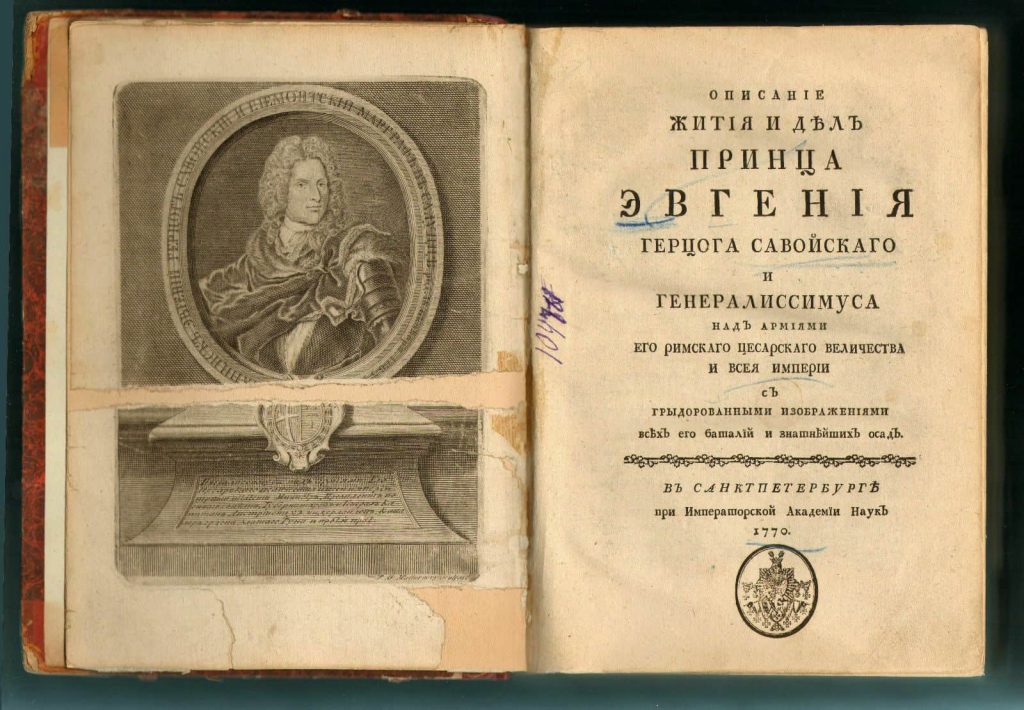
A title page of Prince Eugene’s biography in the Russian language with a frontispiece and bibliographic information.
Legacy of Prince Eugen of Savoy
Prince Eugene of Savoy’s legacy endures as a testament to his exceptional leadership and pivotal role in shaping European history. His life, chronicled in the 1770 Russian biography, continues to inspire generations. It reminds us of the enduring power of strategic vision and unwavering dedication to a higher cause.
Prince Eugene of Savoy, an iconic figure, echoes through European history with his indomitable spirit, military genius, and unwavering commitment, solidifying his role as a key architect of victory.


